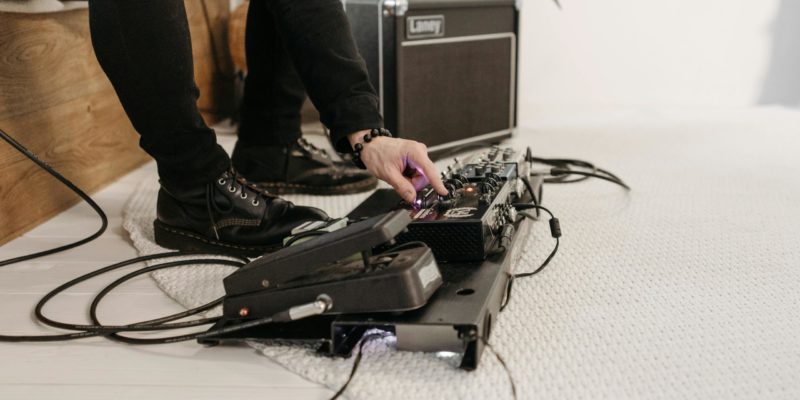When fans attend a live music event, they see the lights, hear the sound, and feel the energy of the crowd. What they don’t always notice is the army of gear and people that makes it all possible. Behind the scenes, the right equipment keeps everything running smoothly, from the stage setup to crowd safety.
Here’s a look at the essentials that turn chaos into a seamless experience.
Sound Systems That Deliver
The heart of any music event is the sound system. Without reliable audio equipment, even the most talented performer can be lost in translation. Professional-grade mixers, amplifiers, and speakers are carefully calibrated to suit the venue, whether it’s an intimate club or a massive outdoor festival.
Microphones also play a critical role. Wireless mics give performers freedom to move, while backup mics ensure no interruption if something goes wrong. Sound checks might seem routine, but they’re the lifeline of any successful performance.
Lighting That Sets the Mood
Lighting isn’t just about visibility, it shapes the entire atmosphere. From soft spotlights during acoustic sets to full-on strobes at a DJ show, lighting teams choreograph visuals that complement the music. Modern rigs often include LED panels and programmable systems that sync with the beat, turning concerts into immersive experiences.
Without proper lighting, even a great performance can feel flat. The right setup transforms a stage into a memory.
Power and Backup Systems
All that sound and lighting doesn’t run without reliable power. Backup generators and surge protectors are critical, especially for outdoor events where the unexpected can happen. Technical teams often bring redundancies for key systems to ensure that if one piece of gear fails, the show doesn’t stop.
Safety and Security Gear
Behind the stage, safety is always a top priority. Crew members often wear sturdy clothing and reliable footwear for long shifts on their feet. Items like black tactical boots keep staff comfortable and protected while moving heavy equipment or navigating crowded venues.
Security personnel also rely on gear like radios, barriers, and surveillance tools to keep both performers and audiences safe. While fans may not notice, this gear keeps events from turning into logistical nightmares.
Essentials Every Event Needs
Every event has its own requirements, but some gear is universal. Here are a few staples you’ll find behind the scenes at most shows:
- Cables and adapters – The unsung heroes that connect everything.
- Monitors – So performers can actually hear themselves on stage.
- Stage rigging – Structures that hold up lighting, screens, and speakers.
- Transport cases – Durable containers for moving fragile equipment safely.
- First aid kits – Because accidents do happen, even at the best-run events.
These basics might not be glamorous, but without them, the show can’t go on.
The Human Factor
Even with the best gear, people make the difference. Stagehands, sound engineers, lighting designers, and security staff all bring expertise that ensures every detail is covered. While performers get the spotlight, the crew works tirelessly in the background to make sure the audience leaves with a great memory.
Why Gear Reliability Matters
Fans may never see most of the equipment behind a music event, but they certainly notice when it fails. A faulty microphone, power outage, or lighting issue can pull people out of the moment. That’s why organizers invest heavily in reliable gear and backup systems.
According to IBISWorld, the U.S. concert and event promotion industry generates over $62.5 billion annually. With so much at stake, even small equipment failures can mean big financial losses, not to mention disappointed fans.
Final Thoughts
The next time you’re at a music event, take a moment to appreciate everything happening behind the curtain. From sound and lighting to safety gear and power systems, countless details work together to create the magic you see on stage. Without the right equipment and the skilled teams running it, the show wouldn’t go on nearly as smoothly.
Photo by Pavel Danilyuk.

